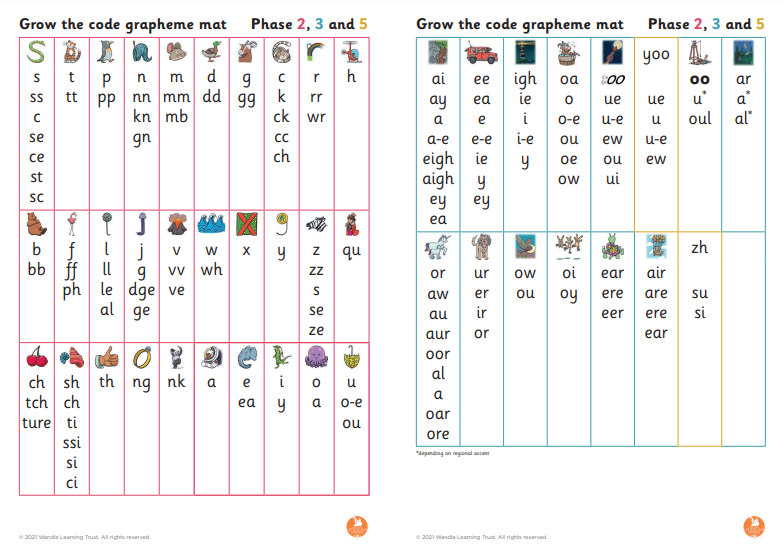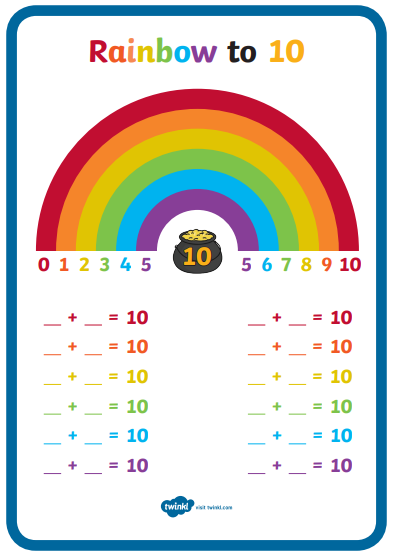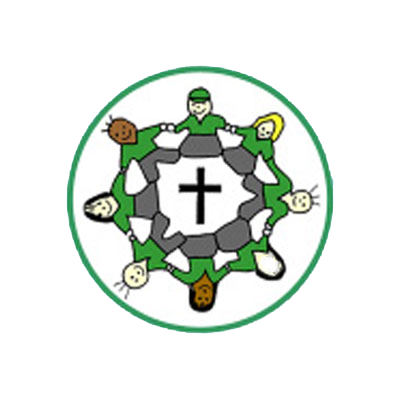Year 1
Have a look at these websites to support your child's learning at home.
Big Cat has the reading books that your child reads in school. These focus on the phonic sounds that your child is learning at school. They also have some questions at the end to talk about. Which book is your favourite? Why? What would you say to another child who wanted to read it?
Bug Club is also full of books that are matched to your child's level of reading development. These levels are changed regularly to reflect the books that your child can read. Have a look and see.
Numbots is a Maths program that will help your child develop the skills they need to become a confident mathematician. It has all sorts on it. What number can you count up to? Do you know the addition and subtraction bonds to 10? Can you partition a number into tens and ones? Keep practising to help you become more confident.
TimesTablesRockStars will help your child develop the skills they need to count in different ways. Can you count to 100 in 2s forwards and backwards? How high can you count in 10s? Can you also count that many backwards? Can you count in 5s forwards and backwards?
Purple Mash is the program we use at school in our computer lessons...it has all sorts of things on it. Have a look and see what you can find. there are colouring things, games, maths games and all sorts of reading and writing games.

These are the phonic sounds that your child has been learning in Year 1 during our phonic lessons. These sounds help us to become independent readers and writers. It's really important that we know these sounds and we're able to use them confidently. We know that there's a lot of sounds! Can you think of any words with these sounds in? Have a look through a book. Can you find any of these phonemes in your book?

We've been learning our number bonds up to 10. This is where we find the 2 numbers that add together to make a number. The number bonds of 3 - 0+3=3, 1+2=3, 2+1=3 and 3+0=3.
We keep practising these in Maths as they are really important and we can use these to help us add, subtract and solve problems with much bigger numbers.
We need to know our number bonds to 3, 4, 5, 6, 7, 8, 9 and 10. If you know all these can you learn any for the teens numbers up to 20?
